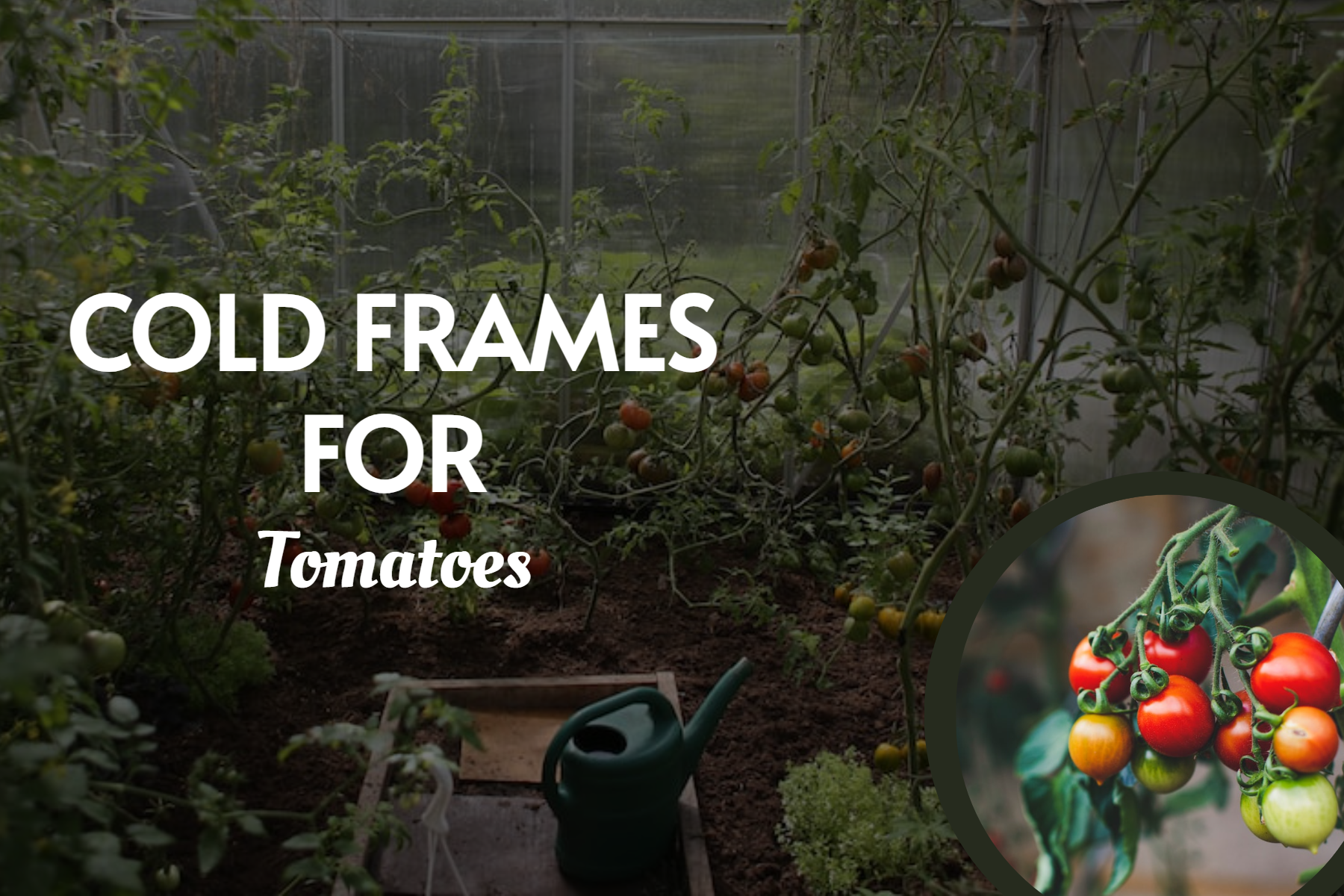Last Updated on August 9, 2023 by Real Men Sow
Cold frames are ideal for protecting tender plants during the winter or for growing plants in the off-season. A cold frame isn’t limited to this purpose. You can create a sheltered garden using glass wind blocks to grow tomatoes and other heat-loving plants in cold climates all through the year. The difference between sun-ripe and green tomatoes is made by a cold frame.
What You Should Consider
It is important to consider larger plants when building a cold frame for tomatoes. It must be small enough to provide a microclimate. You can also use it as a permanent raised bed or as a temporary frame for a window. It can be used during the summer and does not need a roof. However, it should have some way to protect it from cold weather.
Results of Using Cold Frames
You’ll be able to pick the first sun-ripe tomatoes at the end of June. The black grow bags were definitely a help.
The cold frame is a great idea. It’s an excellent method for growing tomatoes during the cool summer months. It can be placed anywhere you wish to grow tomatoes. It creates a wonderful microclimate thanks to wind protection. This would also work for other heat-loving plants.
How to Use A Cold Frame for Tomatoes
Tomatoes, which are grown in backyard gardens around the country, are normally harvested during the warmer months. If you live in a cooler region, you may need to give your tomatoes a head start on the season. You will be able to start your tomato seedlings in a cold frame anywhere from six to eight weeks before the threat of frost has passed.
- Find a spot in the garden that is protected from the wind and gets at least six hours of sunlight each day. In the cooler, more foggy coastal sections of the Bay Area, positioning a cold frame adjacent to a wall that faces south will, in most cases, provide a warmer microclimate.
- Choose tomato cultivars that will thrive in the conditions of your region. Tomatoes are typically grown in warm climates, although several kinds have been bred to thrive in lower temperatures and need less time to mature. For instance, Sungold cherry, Toy Boy VF, and Valerie VFN are cherry varieties that were bred to thrive in cooler climates. These varieties take between 55 and 60 days to mature from seed.
- Put some sterile potting soil in a bucket, then fill it with water. Combine the water and dirt until the soil is sufficiently wet.
- Arrange the 4-inch containers in a staggered fashion on the plastic trays or cookie sheets. Put damp potting soil into each individual container. In each container, put three tomato seeds, then cover them with a quarter of an inch of sand. Spray the sand with water until it is saturated.
- To use the cold frame, place the plastic trays inside of it. Place an outside thermometer inside the cold frame, then cover it with the lid.
- Check the cold frame every day. If the temperature within the cold frame is higher than 176 degrees Celsius, then the lid should be opened slightly. If the temperature within the cold frame is lower than 71 degrees Fahrenheit, you may raise it by adding an old bulb, electric soil warming wires, or compost to the structure.
- Regularly spraying the sand with water will ensure that the soil around the tomato seeds remains wet. Under optimal circumstances, the seeds of tomato plants germinate in five to ten days. When the temperature in the cold frame ranges from 50 to 70 degrees Fahrenheit, it will take the seeds a longer period of time to begin to sprout.
- Utilizing scissors, snip the stems of the surplus seedlings so that each container contains just one living plant. Maintain a close eye on the temperature and humidity level within the cold frame until the seedlings reach a height of between 6 and 8 inches.
- After the seedlings have developed their second set of true leaves, it is time to treat them with a balanced liquid fertilizer that is formulated specifically for tomatoes.
- The seedlings should be exposed to the sun, wind, and temperatures outside for a few hours each day while the cold frame is opened up. This technique should be started seven to ten days before the seedlings are moved into the garden.


